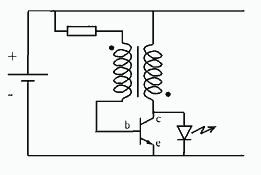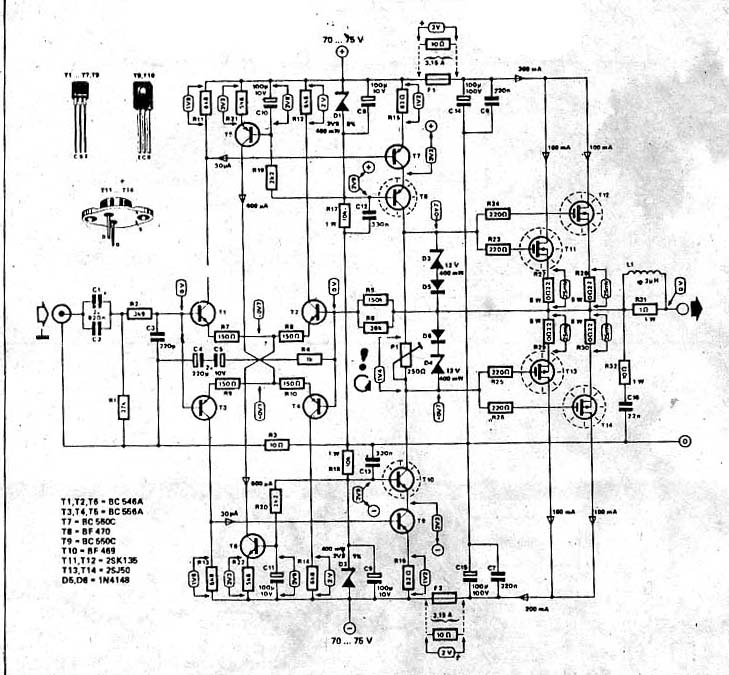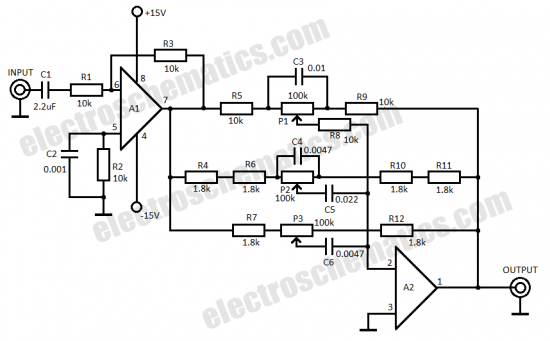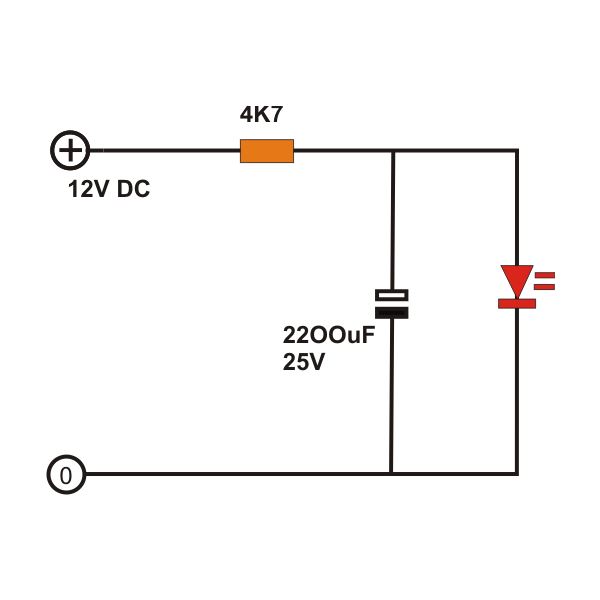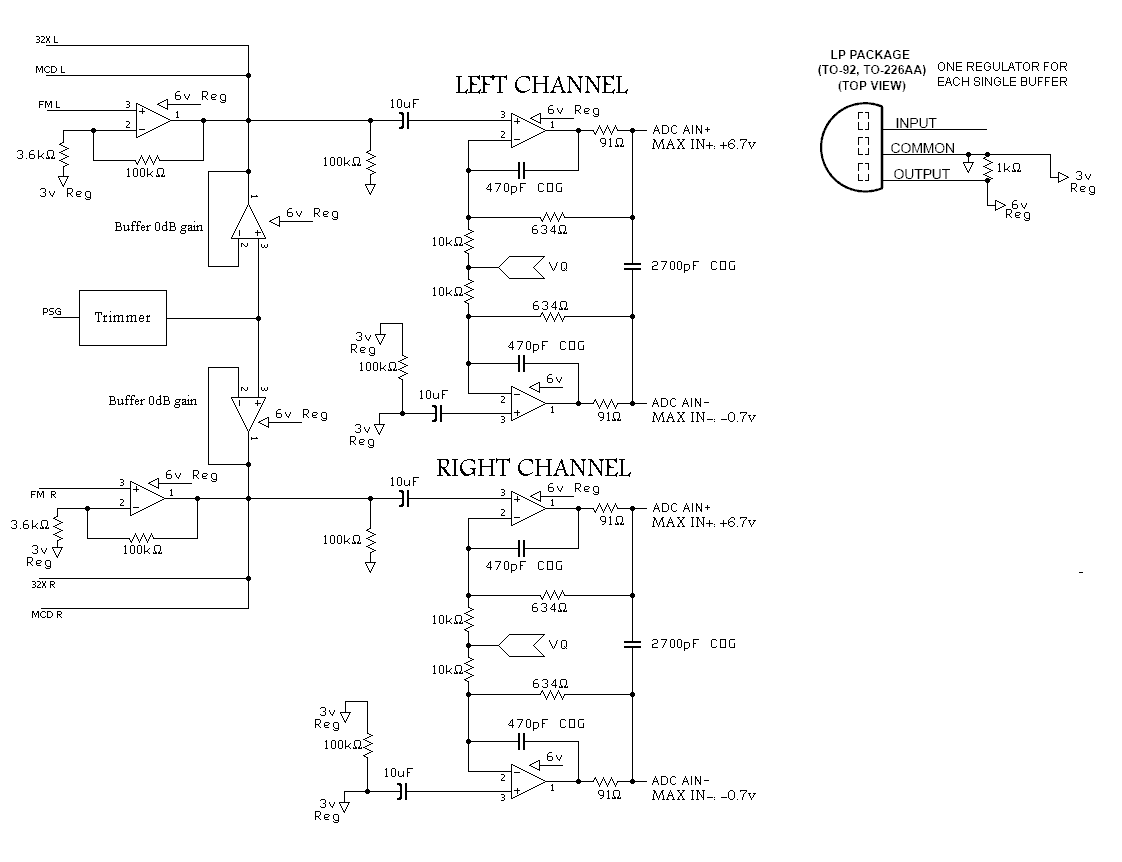
Conversion Receiver For 160 To 20M Circuit
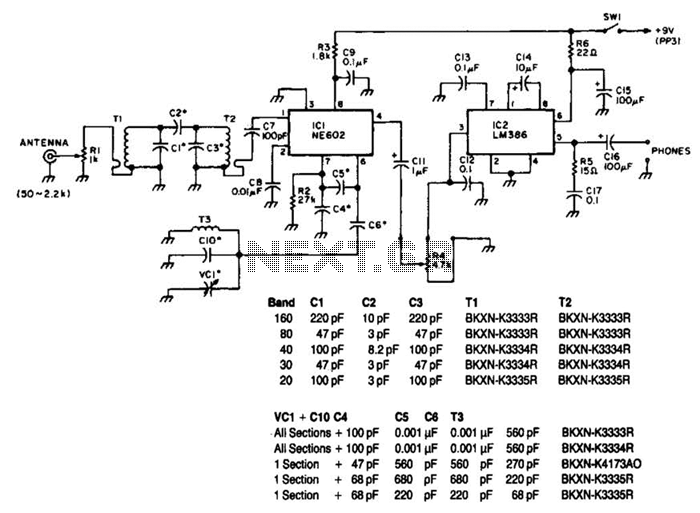
Note that T1 and T2 are TOKO components, including part numbers for the coils T1 and T2. The direct-conversion receiver shown utilizes a double-tuned input network made from readily available TOKO coils. IC1, an NE602, serves as a voltage-controlled oscillator (VCO) and mixer, producing an intermediate frequency (IF) in the audio range. Additionally, IC2 functions as an audio amplifier, and R4 is designated as a volume control.
The circuit described is a direct-conversion receiver that leverages TOKO coils for its double-tuned input network, which enhances selectivity and sensitivity in receiving signals. The use of TOKO components ensures reliability and performance, as these coils are designed for RF applications.
At the core of the circuit is the NE602 integrated circuit (IC1), which operates as both a voltage-controlled oscillator (VCO) and a mixer. The NE602 is known for its low noise and high performance, making it suitable for RF applications. It generates an intermediate frequency (IF) signal that falls within the audio range, simplifying the subsequent audio processing stages.
The audio processing is handled by IC2, which serves as an audio amplifier. This component is crucial for boosting the audio signal to a level suitable for driving speakers or headphones. The design incorporates R4 as a volume control, allowing for user-adjustable sound levels.
The overall architecture of this receiver circuit is straightforward, making it suitable for hobbyists and professionals alike. The combination of TOKO coils, the NE602 mixer, and the audio amplifier ensures effective signal processing from RF to audible sound, with the potential for further enhancements such as filtering or additional amplification stages, depending on the application's requirements. Note that Tl and T2 are TOKO, including part numbers for the coils Tl and T2. The direct-con-version receiver shown uses a double-tuned input network made from readily available TOKO coils. IC1, an NE602, acts as a VFO and mixer, with the output being an IF frequency in the audio range. IC2 is an audio amplifier, R4 is a volume control.
The circuit described is a direct-conversion receiver that leverages TOKO coils for its double-tuned input network, which enhances selectivity and sensitivity in receiving signals. The use of TOKO components ensures reliability and performance, as these coils are designed for RF applications.
At the core of the circuit is the NE602 integrated circuit (IC1), which operates as both a voltage-controlled oscillator (VCO) and a mixer. The NE602 is known for its low noise and high performance, making it suitable for RF applications. It generates an intermediate frequency (IF) signal that falls within the audio range, simplifying the subsequent audio processing stages.
The audio processing is handled by IC2, which serves as an audio amplifier. This component is crucial for boosting the audio signal to a level suitable for driving speakers or headphones. The design incorporates R4 as a volume control, allowing for user-adjustable sound levels.
The overall architecture of this receiver circuit is straightforward, making it suitable for hobbyists and professionals alike. The combination of TOKO coils, the NE602 mixer, and the audio amplifier ensures effective signal processing from RF to audible sound, with the potential for further enhancements such as filtering or additional amplification stages, depending on the application's requirements. Note that Tl and T2 are TOKO, including part numbers for the coils Tl and T2. The direct-con-version receiver shown uses a double-tuned input network made from readily available TOKO coils. IC1, an NE602, acts as a VFO and mixer, with the output being an IF frequency in the audio range. IC2 is an audio amplifier, R4 is a volume control.
